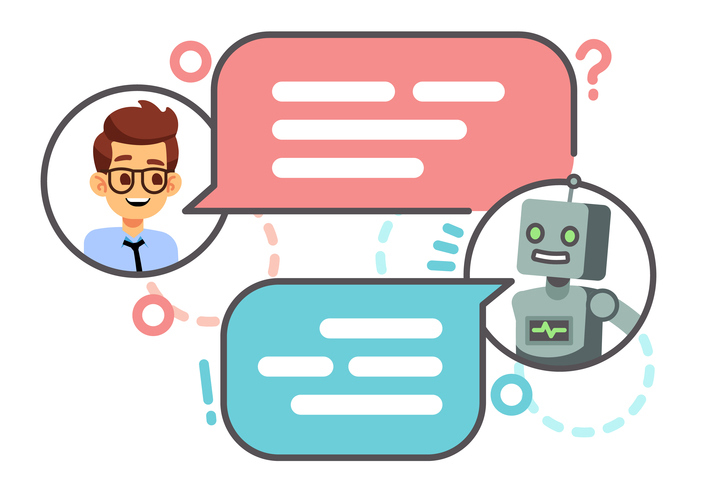
LLMs are better at understanding natural language than bot frameworks. Allow developers to fine-tune models with small data for specific domains.Perform common NLP tasks without the need for training phrases (also known as zero-shot learning).Leverage training data obtained from billions of sentences on the internet.Enable developers to create training phrases to identify user intent, annotate relevant entities, and create conversational flows.Utilize cloud-based services (such as Google Dialogflow, Microsoft Bot Framework, and Amazon Lex V2)-or open-source frameworks (such as Rasa).Let’s take a look at the differences between them. The NLP concepts that conversational AI systems are built upon include:Īdditionally, the systems consist of either a bot framework or an LLM. With conversational AI, systems can understand and generate natural language, recognize context, and maintain conversation. These systems engage with customers through social media channels, such as Facebook, WhatsApp, or Google Business. How does conversational AI work?Ĭonversational AI guides conversational messaging systems that interact with humans and accomplish tasks using natural language. In this article, we introduce the key concepts of conversational AI and address crucial factors to consider when you incorporate conversational AI into your business. Large language models (LLMs) even enable conversational AI solutions to assist in critical sectors like healthcare.

Banks use it to suggest services according to the user’s risk profile and financial status.

Its primary purposes are to address problems and influence customer interactions.įor example, online retailers use conversational AI to help customers search for products and troubleshoot purchasing issues. Conversational artificial intelligence (AI) is a branch of AI that uses machine learning and natural language processing (NLP) to interact with humans.


 0 kommentar(er)
0 kommentar(er)
